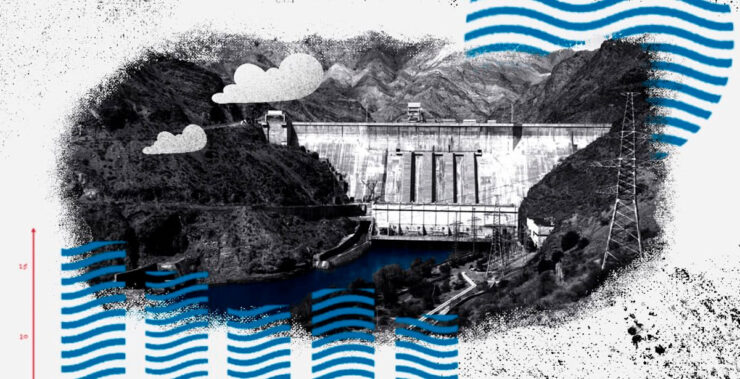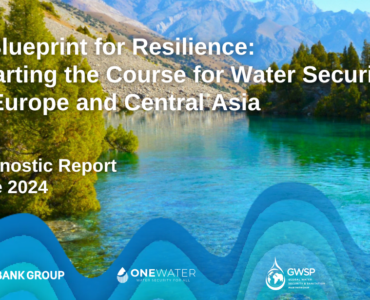The Central Asian Bureau for Analytical Reporting has highlighted Kyrgyzstan’s deepening energy crisis. The country’s electricity deficit has worsened due to domestic power plants struggling to meet demand and increasing reliance on electricity imports.
Electricity production in Kyrgyzstan today
Kyrgyzstan has over 30 hydropower plants and 2 thermal power plants, with the former producing 85% of the country’s electricity. However, hydropower production dropped from 14.3 billion kWh in 2018 to 11.9 billion kWh in 2022. The Toktogul hydroelectric plant, supplying around 40% hydroelectric output, faced significant reductions in produced electricity due lower water levels in reservoirs. Since 2019, Toktogul reservoir’s volume has decreased from around 17 billion m3 to around 11 billion m3.
Decreased water volumes have been caused mainly by glacier reduction. Kyrgyzstan, home to some of the largest glaciers in Central Asia, has seen a 16% reduction in the total glacier zone in the last 70 years. Global warming is driving glaciers to diminish in size and water level decline, with an average annual air temperature rise in Kyrgyzstan of 2.39°C compared to the beginning of 20th century.
Donate to support Turkmen analysts, researchers and writers to produce factual, constructive and progressive content in their efforts to educate the public of Turkmenistan.
SUPPORT OUR WORKElectricity imports are on the rise in Kyrgyzstan due to a combination of factors, including the decreased output of hydropower plants and an increase in power consumption, leading to an increased reliance on imports from neighboring countries. As a response, the government urges the population to limit their electricity consumption to 5 kWh per day, stating that this volume is enough to cover the basic needs. Exceeding the limit may result in 1-1.5-hour long power outages. Additionally, electric heating during the peak electricity consumption hours has been prohibited and the restrictions will be enforced.
In 2019, Kyrgyzstan committed to the Paris Agreement, aligning with the global efforts to reduce greenhouse gas emissions and limit the temperature rise to 2°C compared to pre-industrial levels. Two years later, the country presented a national plan and committed to a 16.6% reduction in greenhouse gas emissions by 2025. Such measures are crucial for Kyrgyzstan as the warming temperatures will cause more glacier shrinkage, and subsequently reduction of water resources. Countries, especially those relying on hydropower, face potential energy system crises, so alternative renewable energy sources should be explored for potential integration.






